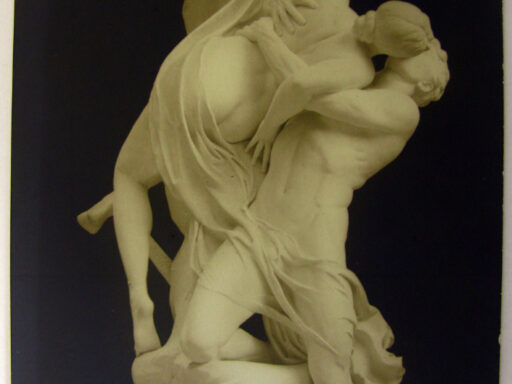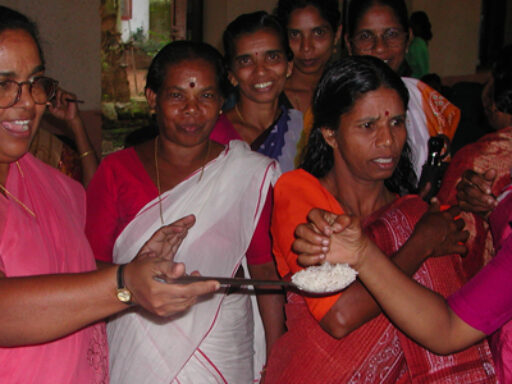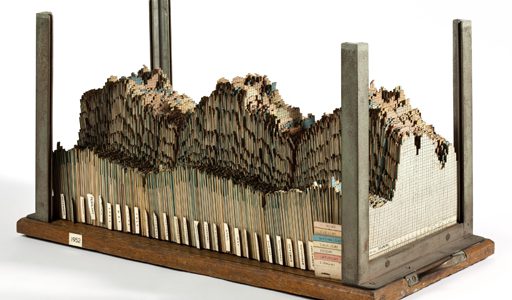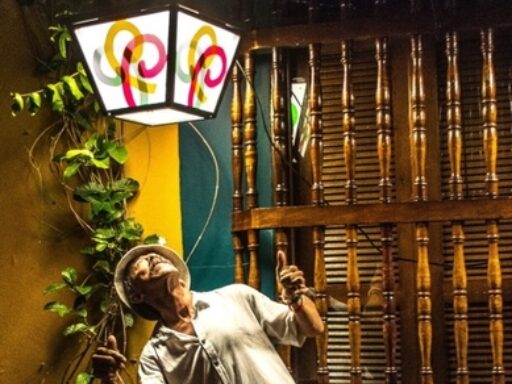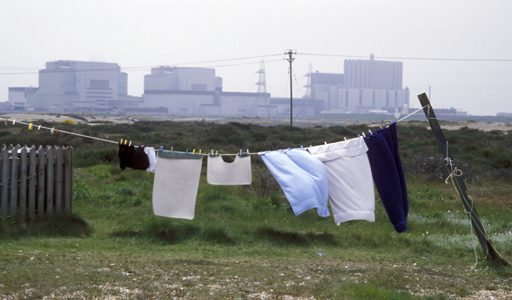As guest editor Frank Trentmann notes in his introduction to this special issue of the Journal, energy is more than a physical phenomenon of watts and carbon. In a world of increasing energy consumption, depleted resources and environmental damage, energy has become a crucial topic of cultural enquiry and political concern too. The articles in Issue 09 emerged from a series of symposia on the Material Culture of Energy held at the Science Museum in 2017—18 and they present perspectives from across disciplines and countries. Articles range from research on lighting design in South America, to the impact of refrigeration on traditional Indian food preparation, and from a comparison of electrification in Canada and Japan to a study of the cultural meanings of the coal fire in post-war Britain. Articles by museum professionals indicate both a shared interest and creative diversity in tackling the challenges of displaying energy. They include a collaboration with a well-known artist in Manchester, the collection of personal stories alongside objects in Edinburgh, presenting visitors with difficult choices in Munich, and employing theatre to engage disadvantaged children in Recklinghausen. A detailed study of a 3D model of electricity demand from the 1950s shows what museum objects can contribute to research. Other articles describe the experience of working within an international research project on social responses to nuclear power and provide a detailed bibliographical essay to support further research in this fascinating field.
Getting to grips with energy: fuel, materiality and daily life
‘As snug as a bug in a rug’: post-war housing, homes and coal fires
Refrigerating India
Making Material and Cultural Connections: the fluid meaning of ‘Living Electrically’ in Japan and Canada 1920-1960
Visualising electricity demand: use and users of a 3D chart from the 1950s
Light as material/lighting as practice: urban lighting and energy
Networks of knowledge and power: working collaboratively on the HoNESt project
The language of Electricity: Jan Hicks in conversation with Bill Morrison
Turning energy around: an interactive exhibition experience
Collecting the personal: stories of domestic energy and everyday life at the National Museum of Scotland
‘The whole exhibition becomes the stage…’ – a journey through time by children for children as a new approach to peer learning
Energy/Culture: a reading guide for historical literature


